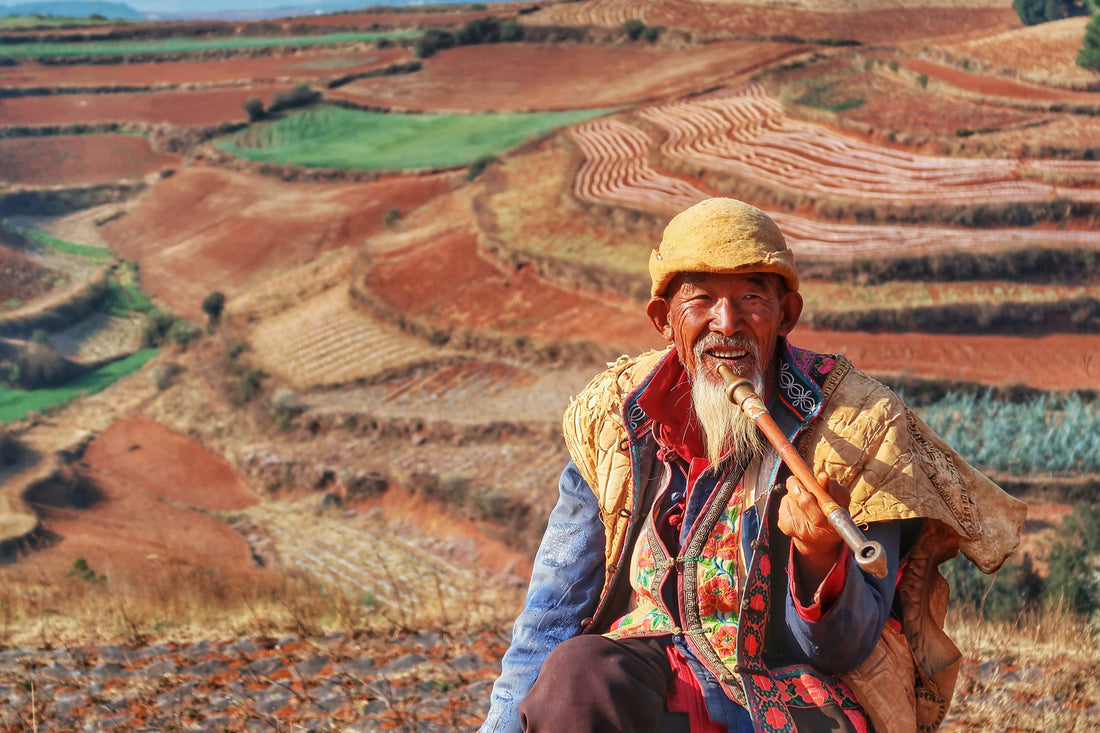
A Trip to China: From Kashgar to Ürümqi
There are few places in the world where ancient culture and modern control sit side by side so sharply as in China’s far west. The journey from Kashgar to Ürümqi is not just a road trip — it’s a real-time scroll through history, beauty, resilience, and change.
This is western China’s Xinjiang region — a land of deserts, minarets, markets, mountains, and mystery. And the best way to understand it is simply to go. To see it with your own eyes.
Kashgar: The Gateway to the Past
Kashgar is a city that feels like a memory. You arrive and instantly sense it — a slower rhythm, a different light, a richness that smartphones and modern travel rarely deliver anymore.
In the Old City, time folds. You’ll walk past Uyghur craftsmen shaping wood by hand, women baking naan in clay ovens, and kids kicking footballs in narrow alleys. The Id Kah Mosque stands proud, the air thick with the smell of spice and dust.
But Kashgar is also guarded. There are checkpoints, facial scanners, and quiet reminders that life here is being watched. That’s the tension: authentic human warmth behind walls of invisible control.
Still, the culture lives. You’ll feel it in the music, in the colors of the textiles, and in the eyes of people who smile, even if they say little.

The Road Between
Leaving Kashgar and heading toward Ürümqi takes you across vast lands — dry deserts, lonely outposts, mountain passes, and surreal emptiness.
You’ll pass the Taklamakan Desert, where the wind writes patterns in the sand and camels still appear at the edges of villages. Along the way, you'll see remnants of the Silk Road era — signs in Arabic script, abandoned caravanserais, and domed architecture that looks more Persian than Chinese.
This is not the China from postcards or TikTok. It’s something older, grittier, and — in many ways — more beautiful.
But make no mistake: modernization is catching up. Solar farms, expressways, and high-speed train stations now dot the landscape. You’re always reminded that the old ways are fading.

Ürümqi: The Face of Today
Arriving in Ürümqi, everything shifts. Suddenly the streets are wide, the buildings tall, and the feeling more familiar — but less personal.
Here, you’re in the capital of the Xinjiang Uyghur Autonomous Region. It’s a booming city built on commerce, energy, and state planning. The vibe is unmistakably controlled — more like Beijing’s distant cousin than a continuation of Kashgar’s culture.
Still, if you look closely, traces remain. In side streets, Uyghur restaurants serve lamb skewers and handmade noodles. The Xinjiang Regional Museum is worth your time — it holds ancient mummies from the desert, artifacts from the Silk Road, and a glimpse into a deep and layered past.
See It While You Can
Traveling from Kashgar to Ürümqi is like flipping pages between history and the present — not always in order. It’s a region full of beauty, contrast, and stories you won’t find on official tourist sites.
This isn’t the kind of trip you just “do.” It’s one that stays with you.
So go. Take that train. Eat that market food. Watch the sun set over a mosque you’ve never seen before. Feel the dry wind. Talk less. Listen more.
See it with your own eyes — and carry the truth of it with you. A Special Thank You!
A Special Thank You!
A very big thank you to an old friend of mine who explores China and Asia with rare curiosity and heart. Her lens captures emotional insights — stories told through expressions, forgotten alleys, and sudden moments of light.
Her photos show you a side of China the world rarely sees. Not filtered, not staged, not part of an algorithm — just real life, as it happens.
This journey wouldn’t feel complete without her perspectives! Thank you ET.
See more scenes captured on this wonderful trip below. Diving into nature, people, culture, architecture, food and friendship. Not filtered, not staged, not part of an algorithm — just real life, as it happens. *Please respect the copyright of the owner.
